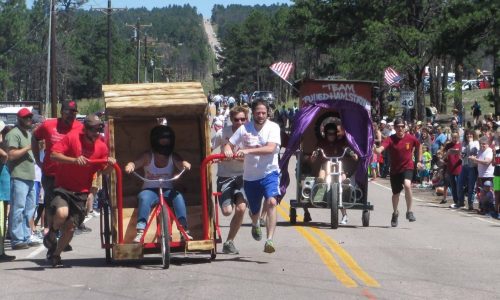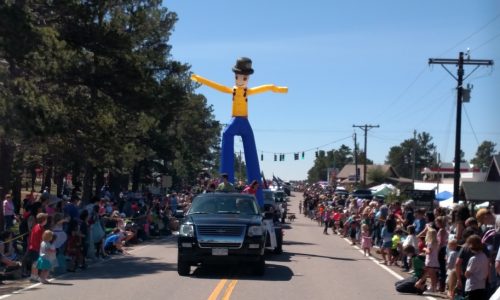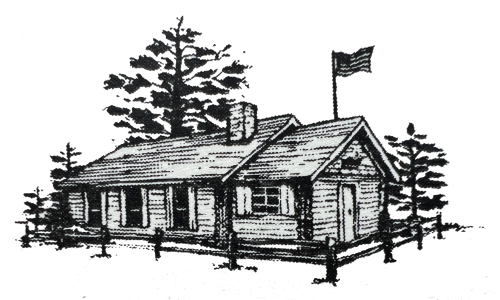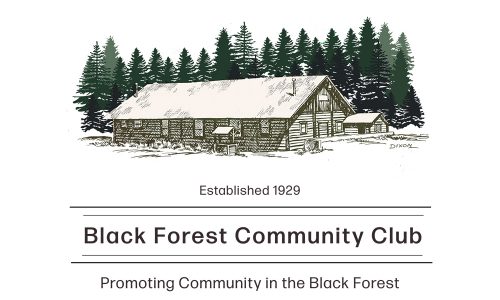We Are Black Forest
Black Forest, Colorado
Established 1870
Welcome to the Black Forest Community
The Black Forest is named such for the high density of Ponderosa Pines located in the area. There is evidence that the Black Forest area was occupied by Native Americans at least 800 years ago; the dense Ponderosa Pines provided them with protection, fuel, and timber.
When American pioneers began to settle the region in the late 1850s, the Black Forest became an important center of activity, primarily as a source of scarce timber. The first of what would be several dozen sawmills was constructed in 1860. General Palmer was the first major landowner of Black Forest when he established the Colorado Pinery Trust in 1870, and purchased 43,000 acres in the area.*
The Black Forest Preservation Plan was developed in 1974. Although some newer suburban subdivisions have been created within the boundaries of Black Forest such as Flying Horse Ranch, the community of Black Forest still retains a rural image and legacy. Some of this legacy is in the form of remaining historic sites and structures.**
*Source: Wikipedia
**Source: the Black Forest Preservation Plan
Black Forest Community Calendar
Black Forest Community Club
The Black Forest Community Club was chartered in 1929 as a social organization for families living in the Black Forest. The Black Forest Community Club was incorporated as a membership club for meetings, social events, and to promote the betterment and good of the forest. The club occupies a unique, community-built log building at the corner of Black Forest and Shoup Roads that is close to 100-years old.
We owe a lot to the early residents who built the Black Forest Community Center and to those who have worked and carried on since then. They have helped to preserve, improve and keep the building maintained. It is good to have a building of its size that can be made available to the community for different reasons. It has been needed in the past and is still needed today. It behooves all of us who enjoy and share the benefits of the Community Club to support it and carry on the unselfish tradition of those members of the past. The Community Club has been, and still is, a great benefit to the people of Black Forest. To learn more about joining the Black Forest Community Club, please visit www.BFCommunityClub.org. In addition to great social events and service opportunities, you will receive a monthly newsletter with information pertaining to our community, and it’s only $15/year to become a member!
We Are Black Forest
We Are Black Forest is a volunteer effort, sponsored and supported by the Black Forest Community Club, to promote community in the Black Forest through activities and events, including the Black Forest Festival & More.
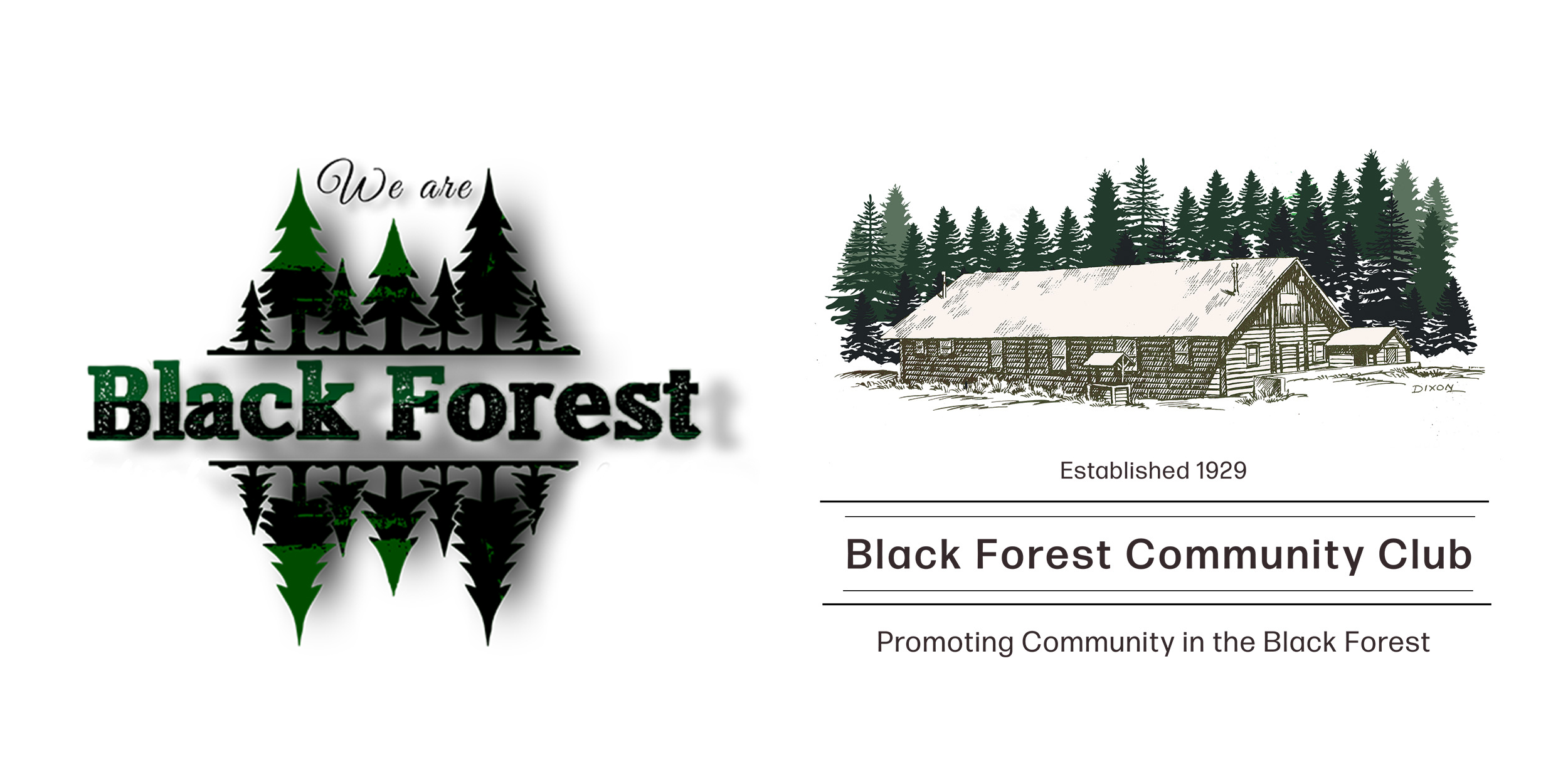
Upcoming Events & Information
2024 Black Forest Festival Logo Contest
The theme for the 2024 Black Forest Festival is 55 Years of Tradition.
A local festival with a community parade is one of the things that make our community such a unique and wonderful home. We are excited to recognize and honor the tradition of the Black Forest Festival.
We are putting out an open call for local Black Forest Artists to submit a logo design for the Black Forest Festival that represents the theme 55 Years of Tradition.
Everyone is welcome to create and submit a logo!
Black Forest Festival Planning Meeting
Wednesday, May 8th, 6:00pm - 8:00pm
Have you ever wanted to get more involved in the Black Forest Community?
Do you have talents and expertise that could be put to good use?
Do you like making new friends?
We have the solution for you!
Our fantastic volunteer group, the BFF’s (Black Forest Festival) can always use new people to help with planning the annual Black Forest Festival. All are welcome to join our next planning meeting on Wednesday, May 8.
Black Forest Festival and Parade
Volunteers Needed!
We had a fantastic Town Hall to dicuss the Black Forest Festival and Parade! We have some great new volunteers, and we are excited that we can hold the Parade this year!
We still need a few more LEAD VOLUNTEERS for several areas of the Black Forest Festival, and we always need MANY VOLUNTEERS to help with setup and tear-down.
Please consider volunteering to keep the Black Forest Festival and Parade alive!
Black Forest Community Club Board & Officers and Member Meeting
Thursday, May 23, 6:30pm - 8:30pm
Black Forest Community Center
The Black Forest Community Club was chartered in 1929 as a social organization for families living in the Black Forest north of Colorado Springs. The purpose of the BFCC is to promote community among the residents of the Black Forest.
The BFCC Board and Officers meet on the 4th Thursday of every month at the Black Forest Community Center. The BFCC Board and Officers Meeting is open to the public.
We hope you will join us to be a part of the discussions regarding the BFCC and upcoming contributions to the Black Forest Community.
Black Forest Line Dancers
Every Wednesday!
Black Forest Community Center
Line dance classes taught by Mack Sharp and assisted by Yong Sharp and Denny Hassey.
This is a Black Forest Community-focused activity that is going into its 4th year!
Come join us in learning and doing multiple genres of line dance, i.e. Hip-Hop, Country, Latin, Ballroom etc. We look forward to seeing you come and have fun with us and becoming part of the…Black Forest Line Dancers.
Everyone is welcome! Beginner-Level Classes from 10:00am – 11:00am and General Class from 11:30am – 1:00pm. FREE, however, donations are accepted and go to the Black Forest Community Center to help keep the building open to all.
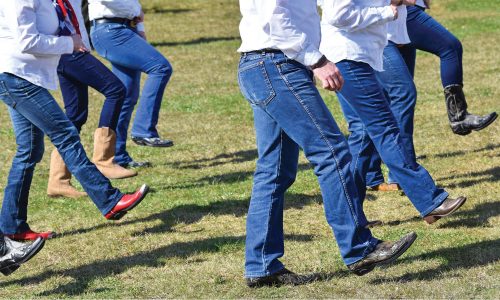
Black Forest Community Club
The Black Forest Community Club (BFCC) was chartered in 1929 as a social organization for families living in the Black Forest north of Colorado Springs. The club occupies a unique, community-built log building at the corner of Black Forest and Shoup Roads that is over 80 years old. This building, the Black Forest Community Center, is home to many of the events organized by the We Are Black Forest volunteer team.
The Black Forest Community Center also hosts the Black Rose Society concerts and many local clubs. The BFCC sponsors Boy Scout Troop 70 and Cub Scout Pack 70.

